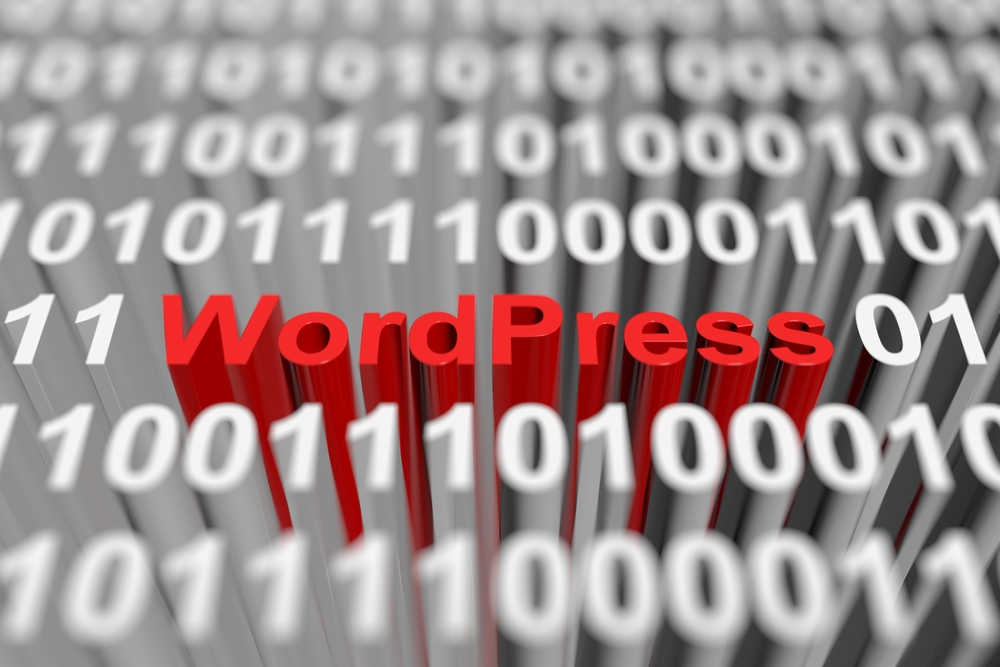
Are you struggling to create engaging content for your blog? Do you find yourself staring at a blank screen, unsure of where to start? You're not alone. Creating compelling blog content can be a challenge, but with the right tips, tricks, and best practices, weblog site you can captivate your audience and keep them coming back for more.
Know Your Audience
The first step in creating engaging blog content is to know your audience. Who are they? What are their interests and pain points? What do they want to learn about? By understanding your audience, you can tailor your content to their needs and provide them with valuable information that resonates with them.
Create Catchy Headlines
One of the most important elements of a blog post is the headline. A catchy headline can grab the reader's attention and entice them to click weblog website on your post. Use power words, numbers, and questions to create headlines that pique curiosity and make readers want to learn more.
Write Compelling Introductions
Once you've drawn readers in with your headline, it's important to keep them engaged with a compelling introduction. Your introduction should hook the reader and set the stage for the rest of the post. Ask a question, tell a story, or present a startling statistic to captivate your audience from the start.
Use Visuals
Visual elements such as images, infographics, and videos can help break up text and make your blog posts more visually appealing. Visuals can also help convey information in a more digestible format and engage blog website readers who prefer to consume content visually.
Include Data and Statistics
Back up your points with data and statistics to lend credibility to your blog posts. Researching and including relevant data can help you make a stronger argument and establish yourself as an authority in your niche. Just be sure to cite your sources to maintain transparency and trust with your readers.
Write in a Conversational Tone
Blog readers tend to respond better to a conversational tone rather than formal, academic writing. Write as if you're having a conversation with a friend, and don't be afraid to inject some personality into your posts. This can help make your content more relatable and engaging.
Encourage Reader Interaction
Encourage reader interaction by ending your posts with a question or call to action. Invite readers to share their thoughts in the comments, ask for feedback, or prompt them to take a specific action. Engaging with your readers can help build a sense of community around your blog and keep readers coming back for more.
Optimize for SEO
Optimizing your blog content for search engines can help increase your visibility and attract more organic traffic. Use relevant keywords, meta descriptions, and alt text for images to improve your blog's search engine ranking. Just be sure to prioritize user experience and readability over keyword stuffing.
Promote Your Content
Creating engaging blog site blog content is just the first step. To reach a wider audience and drive traffic to your blog, you'll need to promote your content effectively. Share your posts on social media, participate in relevant online communities, and consider guest posting on other blog to expand your reach.
Monitor and Analyze Results
Lastly, it's important to monitor and analyze the performance of your blog posts to see what's working and what's not. Use analytics tools to track metrics such as page views, time on page, and bounce rate. Use this data to refine your content strategy and create more engaging blog posts in the future.
Frequently Asked Questions
1. How often should I be posting on my blog?
It's more important to focus on quality rather than quantity when it comes to blog posts. Aim to post consistently, whether it's once a week or once a month, but prioritize creating valuable, engaging content over churning out posts just for the sake of posting.
2. Should I focus on a specific niche for my blog?
While it's important to have a focus for your blog, you don't necessarily have to limit yourself to a single niche. Consider a broader niche that encompasses multiple topics that interest you and your target audience. This can help you attract a wider range of readers while still maintaining a cohesive theme for your blog.
3. How long should my blog posts be?
There's no one-size-fits-all answer to this question, as the ideal length of a blog post can vary depending on your audience and topic. In general, aim for a word count of at least 500-1000 words to provide enough depth and value for readers. However, don't be afraid to go longer if the topic warrants it.
4. How can I come up with new and fresh blog content ideas?
Brainstorming new content ideas can be a challenge, but there are several strategies you can use to spark inspiration. Consider conducting keyword research to identify popular topics in your niche, look for trending topics on social media, and draw inspiration from your own experiences, questions, and challenges.
5. How can I engage with my readers and build a community around my blog?
Engaging with your readers is essential for building a sense of community around your blog. Respond to comments, emails, and social media messages from readers, ask for feedback and input on your content, and consider running contests, polls, or Q&A sessions to encourage interaction and dialogue.
Other useful resources